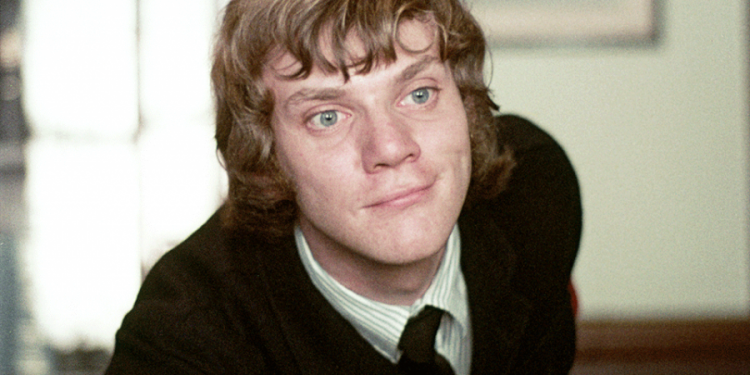Rarely are there films that manage to successfully blur the lines between genres while simultaneously being the most disturbing pictures ever produced or even shown in the United States. In today’s film industry, cancel culture has definitely become a staple regarding what we see on the big screen. However, there are some films that transcend cancel culture and amass cult-like followings among audiences worldwide. Stanley Kubrick’s “A Clockwork Orange” epitomizes this, as it takes everything the audience thinks they know about gratuitous violence and psychopathy and drops it on its head. However, the film is far more than just a display of frantic antics. Rather, it is a raucous roller coaster ride of graceful anarchy, intellectual intrigue and ultra-violent psychedelia no one will ever be prepared for.
From its musical score to its cast, “A Clockwork Orange” never for a moment feels like a conventional film. The film follows a remorseless Alex and his band of “droogs” who never cease to immerse themselves in the mischief of futuristic England. From beatdowns to sexual assaults, the old ultra-violence Alex and his droogs engage in knows no bounds. Alex shows this best when he even goes as far as inflicting violence on his own fellow droogs in an iconic scene by the marina.
Upon the introduction of the film, which features Alex ominously sipping milk, Alex’s character remains mysterious. However, this scene by the marina conveys to the audience just how sadistic Alex truly is, as he batters, kicks and even slices his fellow droogs to maintain that he is their leader and is not to be trifled with. What is truly unsettling about this scene is that it puts Alex’s affinity for violence on full display in a rather artistic fashion between its slow-motion shooting and Ludwig van Beethoven musical score.
“A Clockwork Orange” is like a painting: every single stroke of paint holds substantial meaning regarding the film. Music assumes a fundamental role in the film in the form of the classical composer Ludwig Van Beethoven. While going out on his nighttime ragers, Alex makes it clear that Beethoven is an inspiration for his violence, as in nearly every violent act he engages in, the music is always ambient and eerily present. The music choice is an indication of how artistically sound the film is, and it even illuminates the deepest trenches of Alex’s moral character. The music is a common motif in the film because Alex perceives violence to be a form of art. Where the audience shudders in horror at the acts Alex and his droogs engage in, Alex finds it to be artistic euphoria.
In this respect, audiences are treated to a mere glimpse of Alex’s monstrosity of a mind: viewing violence as something of an elegant art form. This is showcased additionally upon his pillaging of Mr. and Mrs. Alexander’s home, where Alex and his droogs savagely beat Mr. Alexander while proceeding to rape Mrs. Alexander. While such horrid actions are undertaken, Alex sings “Singing in the Rain” by Gene Kelly, showing that Alex attaches no emotion to the suffering of others and is rather jubilant to inflict pain on the innocent. For in his perspective, Alex becomes Beethoven: the methods of intricate art his mind is able to concoct is unlike anything the audience can even begin to fathom and may even leave the audience feeling awestruck at how such art is executed.
However, the film takes an intriguing turn when Alex is betrayed by his former allies in anarchy, when one of his droogs smashes a bottle of milk over his head, leaving him alone to be captured by the law. In captivity, Alex decides to submit to a series of questionable experiments to reform his character through aversion therapy. The purpose of such is to remove Alex’s violent tendencies and turn him into a morally sound citizen. Although such an act is technically successful, Alex becomes a docile shell of his former self and, in an unexpected turn of events, falls victim to those whom he once violated, including his droogs.
What is particularly interesting about such scenarios is Alex’s feeling repulsed by even the mere thoughts of violence and sex, the two things he would actively prowl England for. This is where the art of “A Clockwork Orange” is at its best: showing that it is truly impossible to change the nature of mankind without any underlying consequences that will naturally ensue.
“A Clockwork Orange” manages to be violently profane while remaining intellectually profound in its choice of storytelling. Stanley Kubrick created far more than a simple adaptation of Anthony Burgess’ novel: he has created a cinematic masterpiece.





